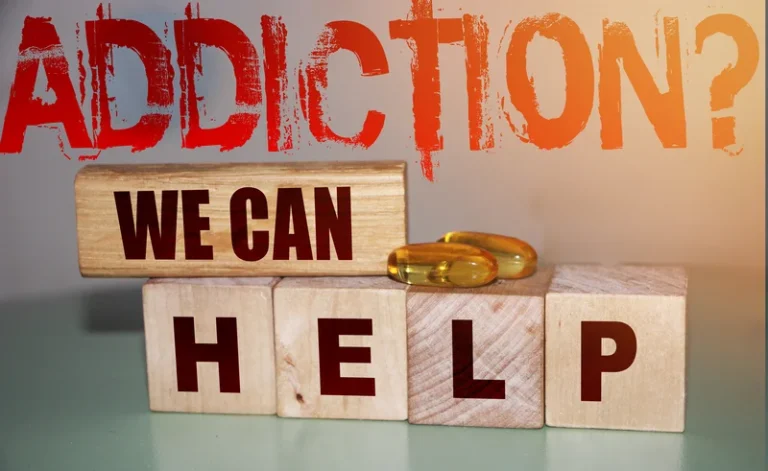
Many users report enhanced problem-solving abilities and bursts of creativity during and after their experiences. It’s as if these substances can help us break out of rigid thought patterns, allowing for novel connections and insights. This effect has led some to speculate about the potential of LSD and other psychedelics as tools for enhancing creative and innovative thinking. On the positive side, many users report lasting changes in personality and outlook following psychedelic experiences. Some describe a newfound appreciation for life or a shift in priorities towards more meaningful pursuits.
- But today’s scientific-technological approaches have advanced considerably since the early research.
- The current report provides preliminary evidence that psilocybin administration may lead to shifts in affect and the neural correlates of affective processing that endure beyond acute drug effects.
- PCP use often leads to emergency room visits due to overdose or because of the drug’s severe psychological effects.
Greater subjective effects of a low dose of LSD in participants with depressed mood
It’s as if your brain decided to throw a party and invited all your senses, but forgot to tell them which room they’re supposed to be in. If the mushrooms were contaminated or mixed with other drugs, they may show signs of poisoning, including tachycardia (heart beating too fast), hypertension (high blood pressure), hyperthermia (body are psychedelics addictive tissue becomes too hot), nausea, or vomiting. Self-reports suggest that bad trips, medical emergencies, and long-term adverse outcomes can occur, particularly at high doses or when combined with other substances. One older study of 886 samples alleged to be psilocybin mushrooms were analyzed by Pharm Chem Street Drug Laboratory.

Entropic Brain Theory
Of course, this does not mean that it is impossible to overdose to the point where there is a potential risk. Both studies found that a single treatment with psilocybin reduced anxiety and depression in cancer patients. In the 1990s, a few researchers began cautiously studying how drugs like LSD, MDMA and psilocybin might help with psychiatric conditions like depression and PTSD. However, some hallucinogenic drugs may lead to tolerance and some people report experiencing withdrawal effects when they stop using such substances. Hallucinogens were used in psychotherapy in the 1960s, but this was halted for mainly political reasons until quite recently. Psychological research has since revived the use of psychedelics in experimental psychological treatment.

Rewiring the brain
Withdrawal symptoms and signs are not established for hallucinogens, and so this criterion is not included. In hallucinogen abuse, hallucinogens are used but much less often than in hallucinogen dependence. Diagnostic criteria include a pattern of pathological use, the impairment of social or occupational functioning due to use, and duration of disturbance of at least 1 month. https://ecosoberhouse.com/ This narrative review examines the evidence for potential harms of the classic psychedelics by separating anecdotes and misinformation from systematic research. But a reduction in FC between the default mode network and part of the hippocampus lasted for at least three weeks. This may reflect lasting changes in hippocampus circuits involved with the perception of self.

Further, if patients perceived their therapists as distant or disinterested, they tended to be more anxious or paranoid, therefore having difficulties immersing in the experience. Who treated 30 AUD patients with a long history of uncontrolled drinking, noted “the role of the therapists’ conviction and personal commitment to a treatment approach has rarely been investigated as a factor in success but it might well be important”. Acknowledging the therapists’ role in supporting treatment success via establishing trust and safety, Smart also provided patients with information concerning the drug effects during the preparation phase. This recent pivot toward psychedelic drugs has been described by some as a “psychedelic revolution” in psychiatry, if not a “miracle cure” for mental health disorders in general. But many of the basic mechanisms of these drugs remain poorly understood, in a field of medicine that has barely begun to recover from decades of government-enforced stigmatization.
Ololiuqui’s effects are similar to those of LSD, but the drug may also cause nausea, vomiting, headache, high blood pressure, and drowsiness. Although peyote is a Schedule I drug, and is therefore illegal, the listing of peyote as a controlled substance does not apply to the use of peyote in religious ceremonies of the Native American Church. Use of hallucinogens goes back centuries in many cultures, and some are still used in religious ceremonies to experience spiritual or heightened states of awareness. The emergency and referral resources listed above are available to individuals located in the United States and are not operated by the National Institute on Drug Abuse (NIDA). NIDA is a biomedical research organization and does not provide personalized medical advice, treatment, counseling, or legal consultation. Information provided by NIDA is not a substitute for professional medical care or legal consultation.
Find More Resources on Psilocybin
Most of these drugs are believed to primarily affect the neurotransmitter serotonin, although many have multiple effects. The fact that psychedelics were featured at the world’s largest meeting of brain scientists suggests the drugs are poised to enter the scientific mainstream. Psilocybin is a psychedelic substance found in certain fungi, sometimes referred to as magic mushrooms. There is a wide variety of hallucinogenic mushrooms, and their legal status is somewhat ambiguous, as they can be found growing wild in many parts of the world. Mescaline is a naturally occurring psychedelic substance found in certain species of cactus, the most well-known being the peyote cactus.
History of Psychedelic Drugs
Other studies comparing ayahuasca users with matched controls have documented increased working memory and executive functioning in users (Bouso et al., 2012), supporting the idea that psychedelics have neuroplastic and neurogenic properties (Catlow et al., 2013; Jefsen et al., 2020; Ly et al., 2018). DMT induces the proliferation of neural stem cells, migration of neuroblasts and generation of new neurones in the hippocampus of mice leading to improvements in working and recognition memory (Morales-García et al., 2017, 2020). These effects may explain why their therapeutic effects are so long-lasting (Carhart-Harris et al., 2016; Magaraggia et al., 2021) although further human mechanistic studies are required.




Leave a comment